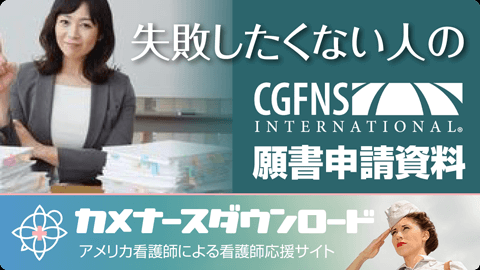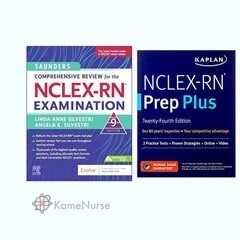
鼻血の医療英語は?「Epistaxis」Eから始める国際看護の道
鼻血の医療英語は?「Epistaxis」
一般英語はNosebleedが使われる。
医療現場で使う英語は、一般英語ではない表現がたくさんあります。
最低限知っておきたい:アメリカナースの医療英語シリーズ。
アメリカ看護師NCLEX-RNのテスト問題付き。
「読み上げ機能」を利用できます。
頭文字:Eの医療用語&英語まとめ
- ecchymosis
- subcutaneous spot of bleeding.
斑状出血 - edematous
- puffy, swollen.
浮腫(皮膚の下にある皮下組織に余分な水分がたまっている状態のこと) - emaciated
- abnormally thin or weak, especially because of illness or a lack of food.
衰弱した(特に病気や食物不足のために異常に体重減少している状態) - enuresis
- involuntary urination, especially by children at night. bed wetting.
夜尿症(5-6歳を過ぎても継続的に睡眠中に無意識に排尿してしまうこと) - epistaxis
- nosebleed
鼻出血 - eructation
- belching
げっぷ - erythema
- redness
紅斑(毛細血管拡張などが原因で皮膚表面に発赤を伴った状態) - eupnea
- normal breathing
正常呼吸 - excoriation
- raw surface
表皮剝離(皮膚の上部が欠損した状態) - exophthalmos
- abnormal protrusion eyeball
異常突出眼球


このページで覚えた医療英語:アメリカ看護師NCLEX-RNテスト問題
ecchymosis:斑状出血
epistaxis:鼻出血
A postpartum client is being treated for deep venous thrombophlebitis. A nurse understands that the client's response to treatment will be evaluated by regularly assessing the client for:
- Dysuria, ecchymosis, and vertigo
- Epistaxis, hematuria, and dysuria
- Hematuria, ecchymosis, and vertigo
- Hematuria, ecchymosis, and epistaxis
Answer: 4
Rationale : The treatment for deep venous thrombophlebitis is anticoagulant therapy. The nurse assesses for bleeding, which is an adverse effect of anticoagulants, This includes hematuria, ecchymosis, and epistaxis.
産後の患者さんは、深部静脈血栓性静脈炎の治療を受けています。 看護師は、患者さんの治療に対するどのような反応について定期的に評価する必要があるか問われています。
正解回答は4
根拠
深部静脈血栓性静脈炎の治療は抗凝固療法になります。 看護師は、抗凝固薬(anticoagulant therapy)の副作用である出血がないか観察して評価する必要があります。血尿(hematuria)、斑状出血(ecchymosis)、鼻出血などが抗凝固薬の副作用に含まれます。
出典/引用/参考:SAUNDERS
最新バージョンのNCLEX-RN教材
ファウラー位は医療英語で何?USAナース英語集:頭文字:F&G
看護学校でも勉強するベットの頭の方を高くアップした体位:ファウラー位。 医療英語では、どう表現するの?「Fowler's position」



























